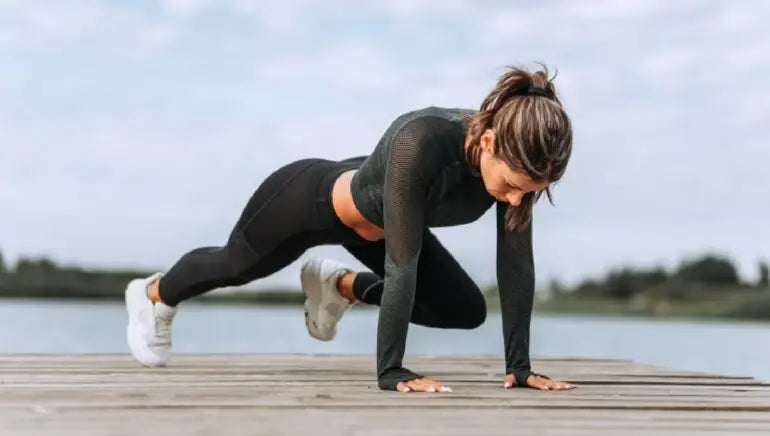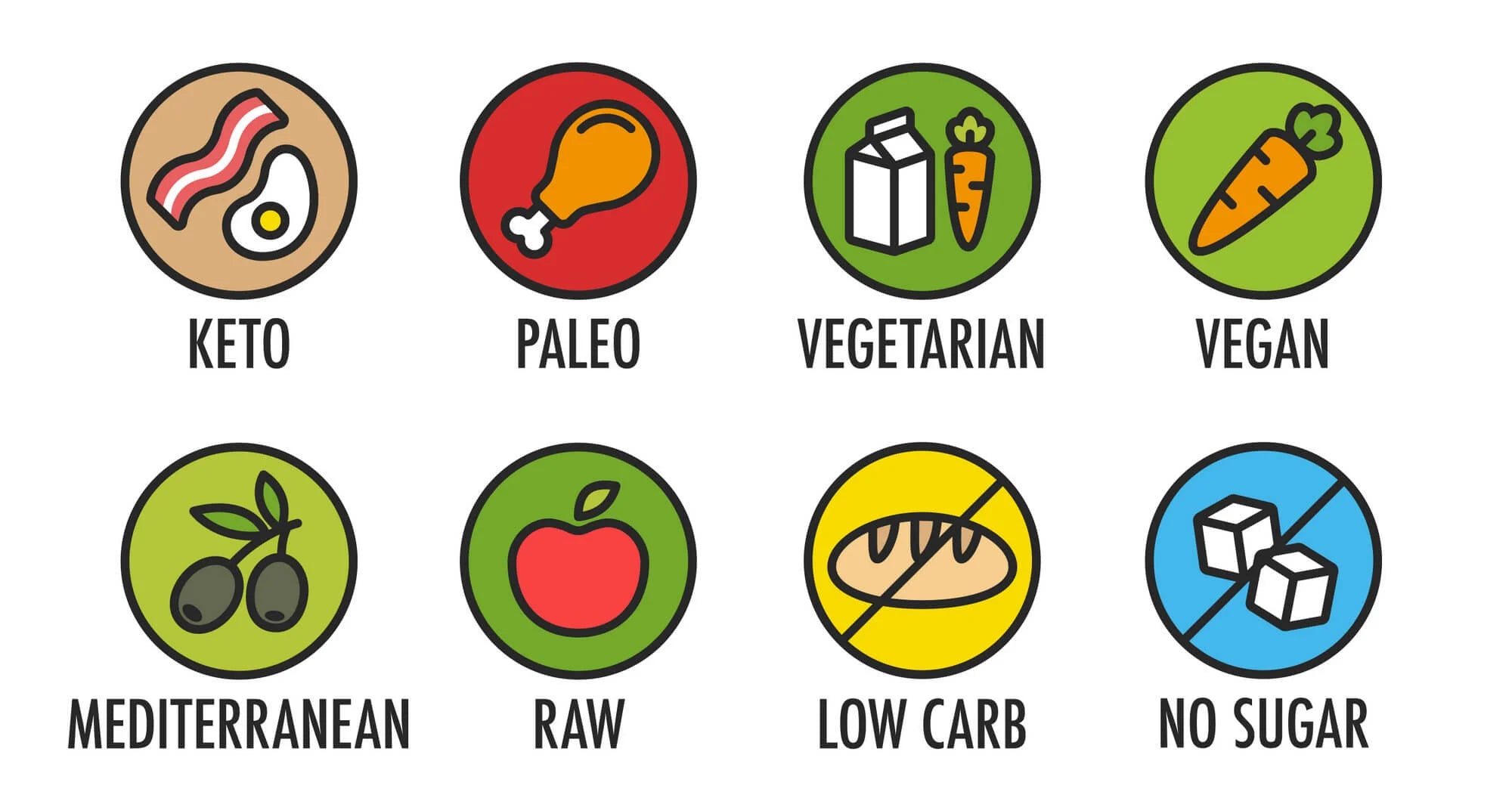
How much exercise should I do?
The amount of exercise we are discussing is an average requirement for the body based on age and not on overall body weight. It is the Minimal exercise that all bodies need to maintain some level of respectable health. In a generation where luxuries are delivered to our doors and taking the car for the 15 minute walk to the local shop is more common, it becomes more important than ever to stay active and keep the body fighting.
Younger than 18
Infancy; even in the earliest years we should be encouraging our children to be physically active, as new born babies start to develop motor functions and start to move around, it's healthy to teach them to play and be active as safely as possible, of course.
Once your child has learnt to walk by themselves, parents should aim encourage at least 3 Hours of activity. This can range from walks to the park, simple play of the toys or an active game.
Young children should be encouraged to be active every day, especially under the age of 5 when it is necessary to a child's health. Light activities for children under 5 Years old, such as walking and merely getting your baby to stand will keep them active at home for the most part and should be encouraged every day.
When they are inactive for prolong periods of the day (with the exception of sleep), long journeys in the car, being pushed around in a pram during the day, even extended periods in front of the television can increase the risk of bad health and an unwillingness to be active later in life.
During the run into and through puberty, a time when fat cells are being created, your child will need to become much more active in their daily lives. From 6 - 18 years old, you should encourage your children to be active for at least 1 Hour a day with more moderate exercise, riding bikes and running for example. Ball games, climbing frames and taking your children swimming are also all good examples that your children can do safely.
At this point in their life and indeed the journey through puberty they will require 3 types of exercise to keep the body growing healthily; Muscle Strengthening, Bone Strengthening and Aerobic Workouts.
- Muscle-strengthening Exercises - are any that require the child to lift their own body weight of work to a resistance. Some included are; Climbing, Gymnastics, Outdoor Sports, Sit-Ups, Swimming.
- Bone-strengthening Exercises - are any that cause healthy active impact or tension on the bones, which will promote growth during childhood and teenage years. Examples would include; Skip Rope, Star Jumps, Tree Climbing, Martial Arts, Tumble Gymnastics, Dancing.
- Aerobic Exercising - is fortunately a part of the previous two and incorporates itself into most highly active workouts. Highly active movements that get the heart beating and the body sweating all promote stamina and strength for a growing child. Key examples would include; Jogging and Running (grass, rather than road if possible).Swimming, Field Sports, High Speed Bike Riding.
Ages 18 and Up.
To gain anything from our bodies we are expected to put something back in and strengthen them. While it is true that a person can neglect all physical activity, it will mean a steady decline to their health, weakening of the muscles (this includes your Heart) and can result in depression, aches, pains and premature death.
Those with previous conditions that will limit the amount of activity they can do, should still push to do a minimum level of exercise each week, keeping regular checks on injuries they should take care to not over strain the body and should always consult a Doctor before attempting a weekly routine.
It actually becomes easier in the later years, the body has fully grown and does not require the extra effort you have to put in while you grow. After puberty it becomes more about maintaining your health to give yourself the best possible chance and though it still requires a healthy mix of both muscle-strengthening and aerobic exercise, an adult only needs 30 minutes of elevated activity for 5 days out of the week to keep a reasonable level of health.
These 30 minutes can incorporate many different activities of the day, anything active including jobs like grocery shopping, walking the dog and even gardening are all good ways to keep the body active.
Those aged over 18 and in good health should aim to do moderate exercise every day and vary the exercise types used to work the whole body. Moderate exercises such as;
- Jogging
- Any active sports
- Outdoor hobbies such as climbing
- Gardening with heavy tools
- Dancing
- Carrying shopping or weights
- Yoga
These being only a few examples, will give you an indication of what to aim for however any activity that causes heart rate to increase and puts tension on muscles will be the start to any exercise.
Muscle Training in Adults
While it could be argued that aerobic exercise is enough to keep the body fit, it is recommended that Muscle Training be applied to a workout as well to relieve stress on the body when dealing with heavy strains in the week and to help increase the bodies metabolism.
Muscle Training is any repeated exercise on one particular muscle group, even though it may affect others it primarily focuses on one area. Muscle Training can be altered between a set Time (5 minutes of arm curls) or set of Repetitions (Sit-ups to 20 Reps).
This can be a light to an increasingly heavy strain; those wishing to Strengthen the muscle should steadily increase the strain of the exercise, while those wishing to Tone need only stretch the muscle repeatedly.
Good examples of this are;
- Repeated weight lifting
- Resistance Walking
- Push-Ups
- Squats with or without weights
- Leg Raises
- Sit-Ups
Optimum Health
For optimum health an individual should try to complete at least;
150 minutes of Aerobic exercise in some form per Week.
60 minutes of Muscle-strengthening per Week.


